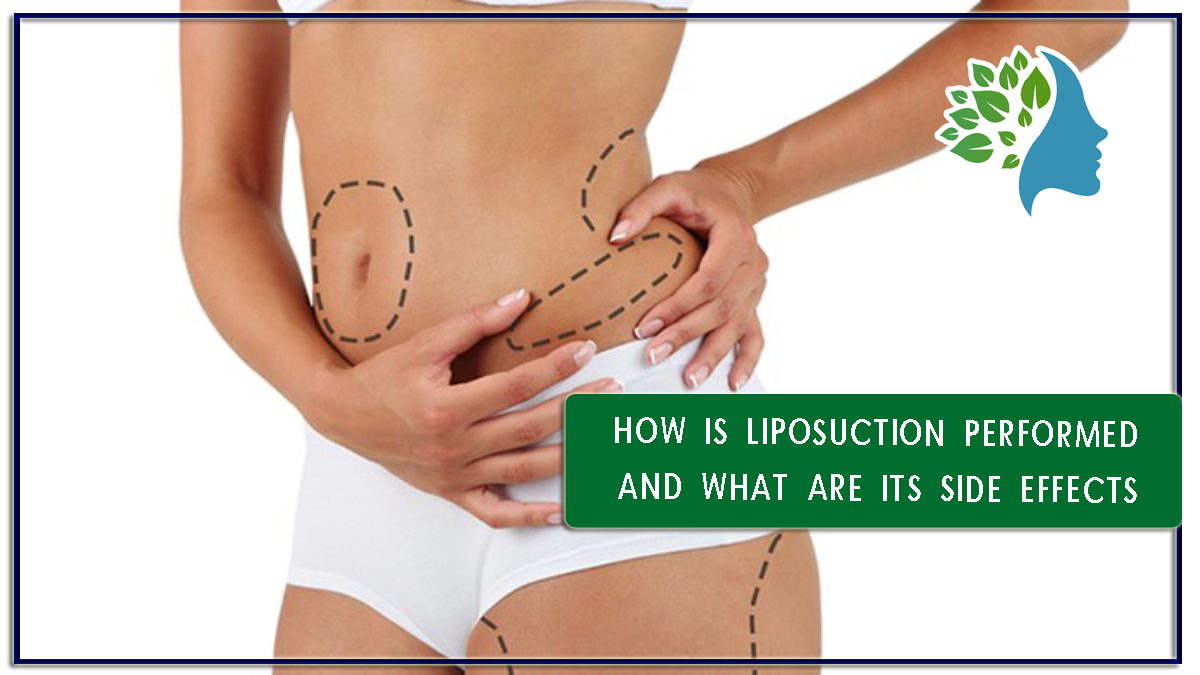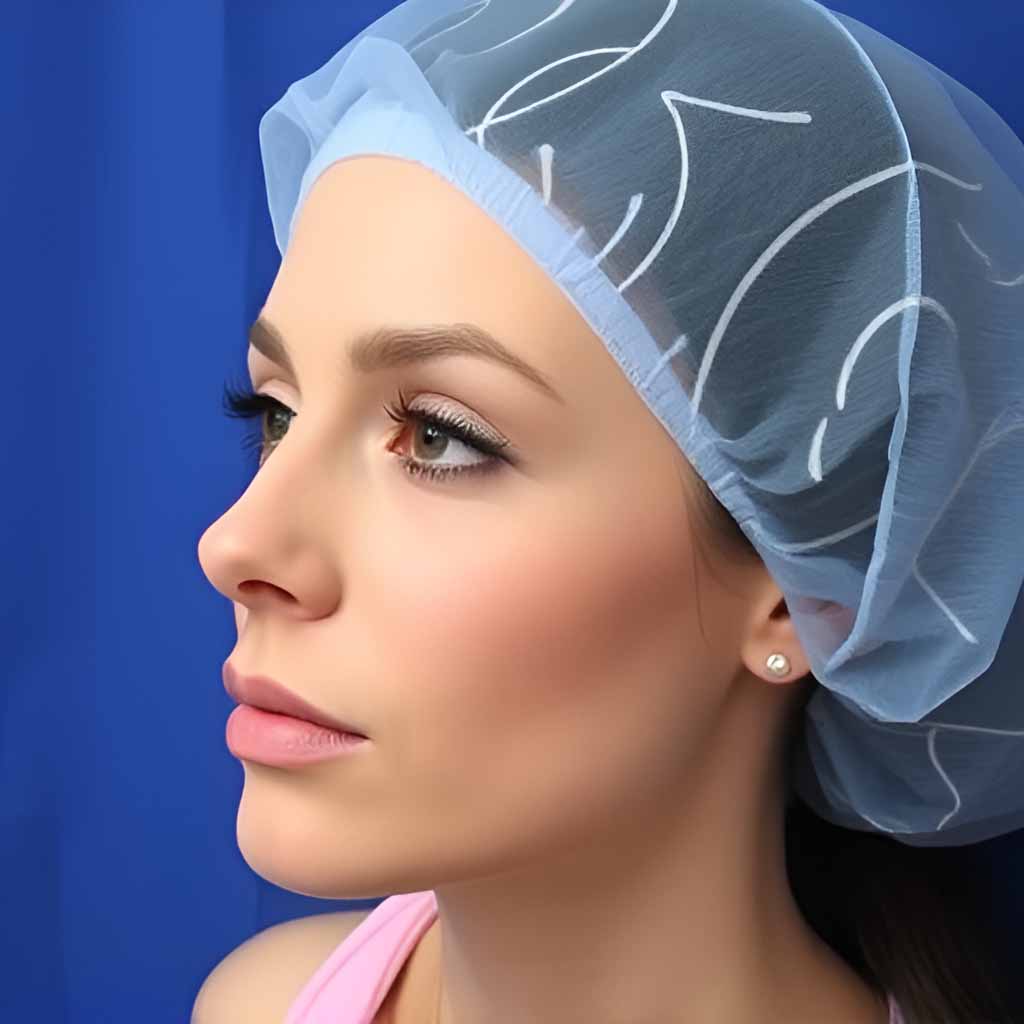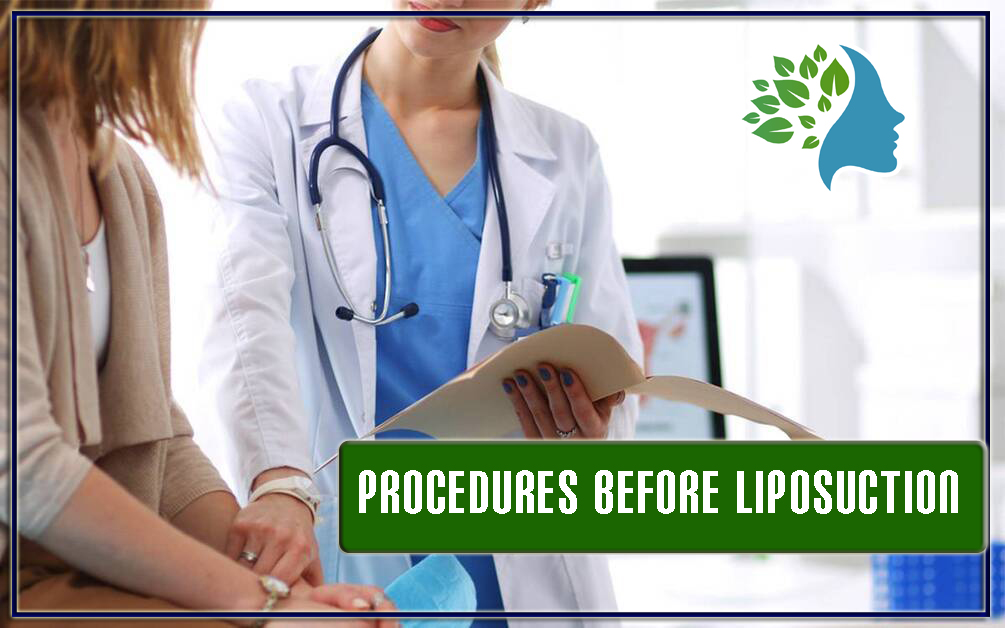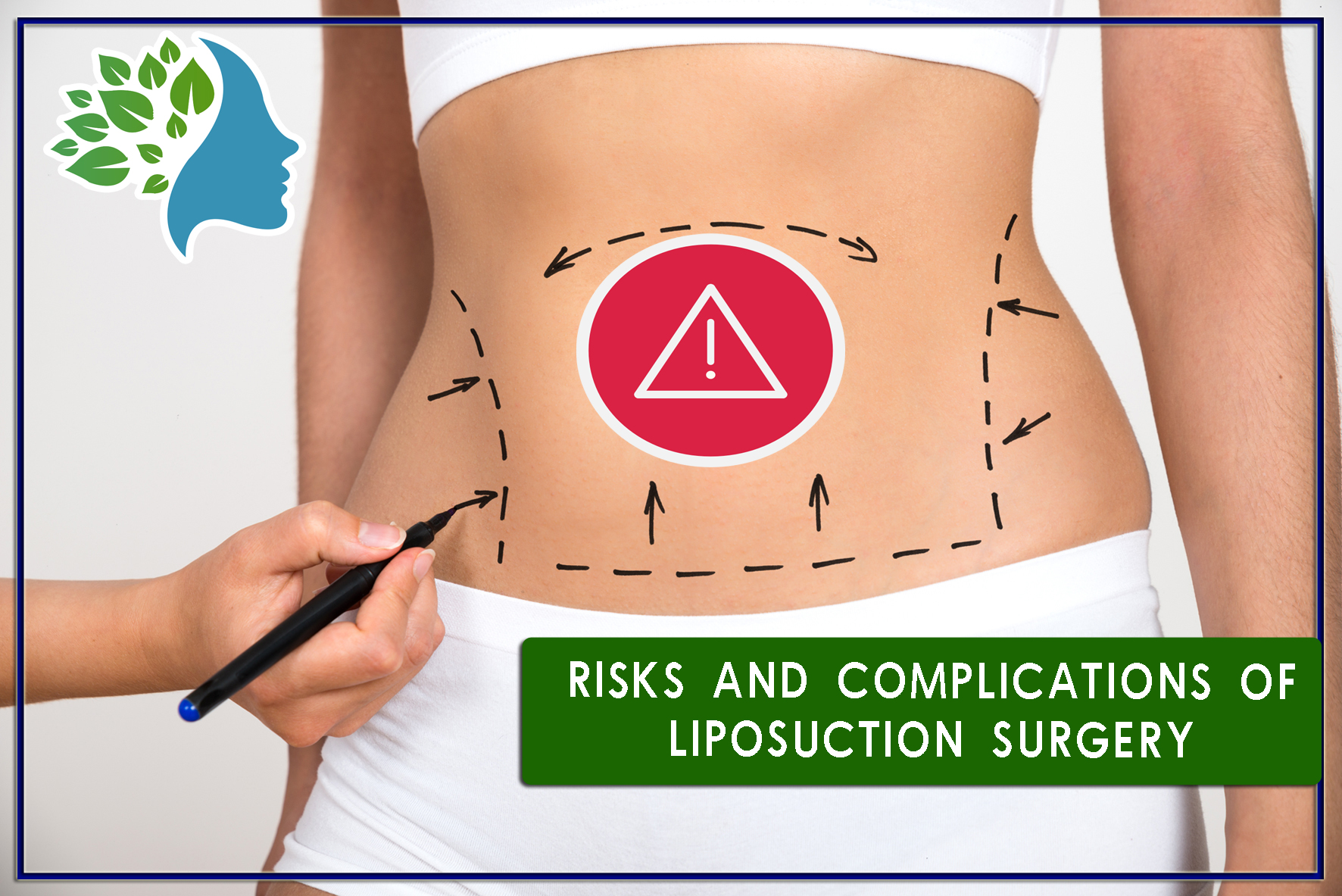How is liposuction performed and what are its side effects
Everything you need to know about liposuction for slimming the abdomen, sides, thighs, face and neck.
Liposuction is a surgical procedure that uses a suction tool to remove fat from certain areas of the body, such as the abdomen, hips, thighs, buttocks, arms, or neck. In addition, the liposuction method is able to shape certain areas of the body while performing them. Therefore, other names of liposuction include lipoplasty and body contouring.
But it is better to note that in addition to the important issue of the cost of abdominal liposuction, liposuction is not usually considered a general method of weight loss or an alternative to weight loss. If you are severely overweight, you may need to lose weight through a diet and exercise program or through weight loss procedures such as gastric bypass surgery. Performing these methods can not only give you better results than liposuction, but also reduce more body weight.
But if your body fat is very high in certain places, but you have a stable body weight, you may be a candidate for laser liposuction.
What is liposuction?
Liposuction is used to remove fat from various parts of the body that have not responded to diet and exercise, such as:
- - belly
- - Upper arm areas
- - hip
- - Legs and ankles
- - chest and back
- - hips and thighs
- - chin and neck
In addition, liposuction can sometimes be used to reduce breast size or treat gynecomastia.
Let us take a closer look at this. When you are overweight, the fat cells in your body increase in size and volume. In the local slimming method, the number of fat cells in a specific area is reduced by liposuction. Of course, it should be said that the amount of fat removed depends on the appearance of the area and its fat volume.
Is liposuction reversible?
Changes from contouring are generally permanent, as long as your weight remains stable.
After liposuction, skin folds themselves become new lines that need treatment. But if you have good skin tone and elasticity, your skin will probably look smooth. However, if your skin is thin and has poor elasticity, the skin in the treated areas may appear loose.
It is better to pay attention to the fact that liposuction does not improve depressions caused by cellulite or other skin surface irregularities. Likewise, liposuction does not remove stretch marks or stretch marks.
To be a candidate for liposuction, you must be in good health. The reason for the selection is that conditions such as blood vessel narrowing and blood flow restriction, coronary artery disease, diabetes or immune system weakness do not complicate the surgical process.
Is liposuction better or slimming surgery?
Probably, one of the basic questions that is imprinted in your mind is what are the uses of liposuction treatment? We must tell you that liposuction is especially effective in removing fat from the legs, abdomen, back, arms, face and neck. This method has more impressive results than other non-invasive fat reduction methods; However, it has a longer recovery period (up to six weeks) and is usually more expensive than other non-surgical options.
What is abdominal liposuction?
It is better to know that not all fats are created equal. There are two types of fat that are especially important for abdominal liposuction and back liposuction, subcutaneous fat and visceral fat.
- Subcutaneous fat is movable and pinchable fat that lies just under the skin. In general, this fat is safe, but it can be cosmetically undesirable.
- Visceral fat is stored inside the abdominal cavity and is visually hard, and people with a lot of visceral fat are sometimes referred to as obese but thin. This fat is also much worse for your overall health than subcutaneous fat. All fat cells secrete hormones, but because visceral fat is stored next to your organs, it's more likely to interfere with organ function, which can lead to more insulin resistance (type 2 diabetes), higher blood pressure , Bad cholesterol (LDL) becomes higher in your bloodstream and increases your risk of heart disease and stroke .
Liposuction of the abdomen and sides
An important point that can be clearly seen even in the abdominal liposuction video is only the removal of subcutaneous fat with the help of this method. Visceral fat is firmly embedded in the abdominal cavity and cannot be suctioned. Weight loss through diet and exercise can safely and effectively reduce visceral fat.
Having a large amount of visceral fat does not necessarily preclude liposuction, but it does affect the type of results that can be expected from the procedure.
Typically, visceral fat makes up about 10% of your total body fat. As a general rule, if you are a man with a waist circumference of more than 100 cm, or a woman with a waist circumference of more than 88 cm, your visceral fat may start to affect your health. On the other hand, if you are in poor health, you may no longer be a candidate for liposuction.
How is rapid weight loss done with liposuction?
Abdominal and stomach liposuction does not require general anesthesia . Although this was not the case in the past, today it is true for all areas of the body. In fact, there are still surgeons who prefer to do the old-fashioned way using general anesthesia, especially when we're talking about the abdomen. Whether your surgeon uses only general anesthesia or local anesthesia, he will likely use the Thomson method, which has been the gold standard for safe and effective liposuction for years.
The tumescent liposuction method involves filling the fat area between the skin and the abdominal cavity with a substance called tumescent fluid, a mixture of saline and epinephrine, with sodium bicarbonate as a buffer.
If your surgeon performs abdominal liposuction using local anesthesia, he will also add the anesthetic lidocaine to the fluid. This drug allows surgeons to perform lipomatic procedures on patients without completely anesthetizing them, reducing the risks of general anesthesia and making the procedure safer overall.
What are the benefits and risks of liposuction?
It is better to watch out for loose skin and hanging belly. With age, the amount of collagen produced by the body decreases, which results in a decrease in skin elasticity. This means that your skin will not bounce back the way it used to. Although there is no wrong age to perform liposuction, note that the older you are, the more likely skin laxity is, especially in the case of stomach liposuction.
You may find that loose skin after severe weight loss can be a serious problem. But only liposuction and body laser lipolysis will give you the best possible results for tightening the skin from liposuction. That being said, there are cases where you may want to consider a tummy tuck due to a large belly or lack of skin elasticity.
Is liposuction dangerous?
Liposuction is an investment in your body and like any other investment, it needs maintenance. Abdominal liposuction does not prevent the recurrence of flank obesity , and it certainly does not act as a method of preventing weight gain. Remember that liposuction is not a weight loss solution and should not be used as such.
Gastric liposuction permanently removes fat cells from your abdominal area. Those cells will be moved out of your body, but the location of fat storage in your body will not change.
After abdominal liposuction, your body will have about 70% less fat cells in the abdominal area than before. If you gain weight again after liposuction of the abdomen and sides, your body will store the same amount of fat in the same places as before. However, because we removed a lot of fat cells in the stomach, other areas may appear larger than your stomach. Your belly will always be smaller than it was without liposuction, but that doesn't mean you can eat whatever you want and never gain weight. Therefore, liposuction post-operative care is something you should maintain. Liposuction is not a quick fix and should not be viewed as such.
Ghabghab liposuction
Ghabghab liposuction is performed based on the skin type and desired effects on you. People between the ages of 20 and 50 who have more elastic skin may benefit from the results of neck liposuction. This method removes excess fat, but does not improve the quality of the skin. Neck lift surgery can correct folds of the navel as well as sagging or laxity of the neck skin.
- Doctors can perform liposuction under local anesthesia.
- Doctors can perform the submenthoplasty procedure under local anesthesia with or without sedation.
- Doctors are able to perform a neck lift under general anesthesia or by injecting sedation with intravenous drugs.
- Side effects can include swelling, bruising, loss of facial sensitivity, changes in skin pigmentation, infection, and facial asymmetry.
Possible risks and complications of liposuction
But is liposuction safe? As with any major surgery, liposuction comes with risks such as bleeding and reactions to anesthesia. But some of the possible side effects of liposuction are:
Contouring Irregularities : Your skin may appear bumpy, wavy, or saggy due to uneven fat removal, poor skin elasticity, and unusual healing. These changes may be permanent. Subcutaneous damage caused by the passage of the thin tube (cannula) used during liposuction may give the skin a permanent mottled appearance.
Fluid accumulation : Temporary pockets of fluid or serum can form under the skin. This fluid may need to be drained with a needle.
numb. You may experience temporary or permanent numbness in the affected area. Temporary nervous irritations may also occur.
Infection : Although the occurrence of skin infections as a side effect of liposuction is rare, it is possible to occur. A severe skin infection may be life-threatening.
Perforation of internal organs: It is rare that the inserted cannula penetrates too deeply into the body or perforates an internal organ. In such cases, there may be a possibility of needing emergency surgery.
Fat embolism : Loose pieces of fat can break off and get stuck in a blood vessel. In this situation, there is a possibility of their accumulation in the lung or even moving to the brain. Fat embolism is considered a medical emergency.
Kidney and heart problems : Changes in fluid levels during fluid injection and suction can cause potentially life-threatening kidney, heart, and lung problems.
Lidocaine toxicity : Lidocaine is an anesthetic that is often administered with fluids injected during liposuction to help manage pain. Although this drug is generally safe, lidocaine toxicity can occur in rare circumstances. Lidocaine toxicity can cause serious heart and central nervous system problems.
If the surgeon works on larger areas of your body or performs several procedures during one procedure, the risk of possible liposuction complications doubles. Talk to your surgeon about how these risks apply to you.
When should we go to the doctor?
If you have undergone liposuction surgery and experience some unusual symptoms, you can discuss these with your doctor. The good news is that the group of facial cosmetic surgery specialists are at your side 24 hours a day to clear your doubts about performing this cosmetic procedure.
 free consultation
free consultation









